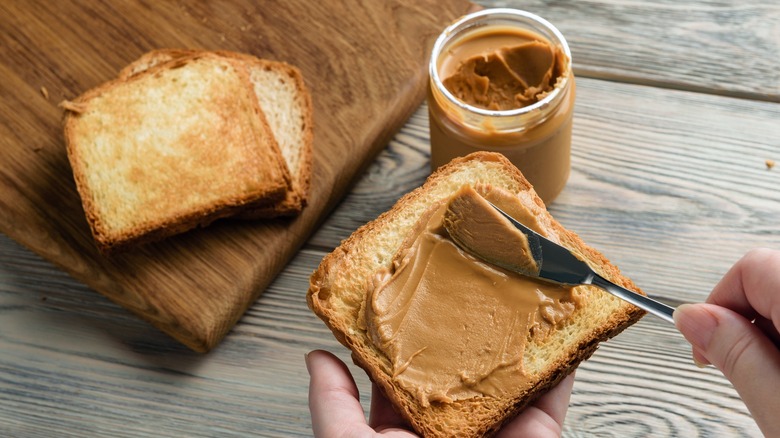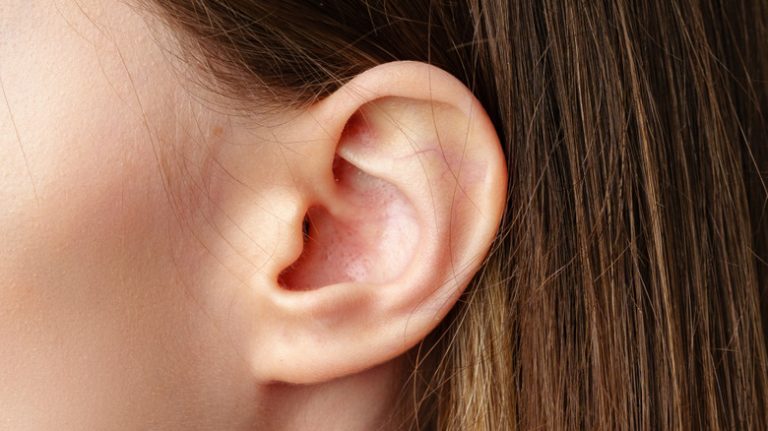
Are you aware of your current blood pressure? Stressful situations, such as a doctor’s visit, can temporarily elevate your blood pressure. Moreover, it fluctuates throughout the day, peaking around midday and dropping in the evening and during sleep. Many individuals remain unaware of having high blood pressure, as it often presents no symptoms. The American Heart Association reports that nearly half of the U.S. population has high blood pressure.
To manage your blood pressure, consider limiting alcohol, reducing stress, exercising, and quitting smoking. If you’re already dealing with high blood pressure, you’ve likely been advised to cut back on dietary sodium. The American Heart Association suggests capping sodium intake at 1,500 milligrams daily, which is nearly the amount in just ½ teaspoon of salt. If you’re concerned about peanut butter’s sodium, rest assured. A tablespoon of regular creamy peanut butter contains 76 milligrams of sodium, while the reduced-sodium version has around half that amount.
Beyond its low sodium content, peanut butter is rich in nutrients that benefit both blood pressure and cardiovascular health.
How is peanut butter good for blood pressure, heart health?

A tablespoon (16 grams) of reduced-sodium peanut butter contains 94 calories and just under 4 grams of protein. Although it has 8 grams of fat, 6 of those are heart-healthy unsaturated fats. Peanut butter also offers 41 milligrams of calcium, about 40% of your daily magnesium, and over 20% of your recommended potassium intake, which are vital minerals for managing blood pressure.
Peanuts themselves might lower blood pressure and enhance heart health. A 2014 study in The American Journal of Clinical Nutrition revealed that individuals at cardiovascular risk experienced significant health improvements after consuming 42 grams of peanuts daily for 12 weeks. Their diastolic blood pressure dropped by an average of 5 points, and reductions were seen in total cholesterol and triglycerides.
A 2022 article in Frontiers in Nutrition also indicated that adding 25 grams of peanuts daily for six months can enhance cholesterol profiles. However, those who added two tablespoons of peanut butter daily did not witness similar cholesterol benefits.
Can the oleic acid in peanut butter help blood pressure?

Peanuts and peanut butter contain oleic acid, a fatty acid that may lower blood pressure. A 2008 article in Proceedings of the National Academy of Sciences of the United States of America explored oleic acid in olive oil, which comprises 70% to 80% oleic acid, finding it reduces blood pressure by affecting cell membranes and intracellular signaling. Soybean oil, with less oleic acid, showed no effect on blood pressure.
The U.S. Department of Agriculture notes that oleic acid in peanut butter varies between 19% and 27% of its total weight. Thus, peanut butter might lack sufficient oleic acid concentration to significantly impact blood pressure, even with high consumption. Nevertheless, the American Heart Association suggests that individuals who consume peanut butter (or other nut butters) generally have a decreased risk of heart disease and type 2 diabetes. Opt for more natural peanut butter options with minimal ingredients and no added sugar.




